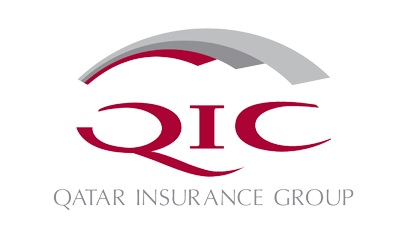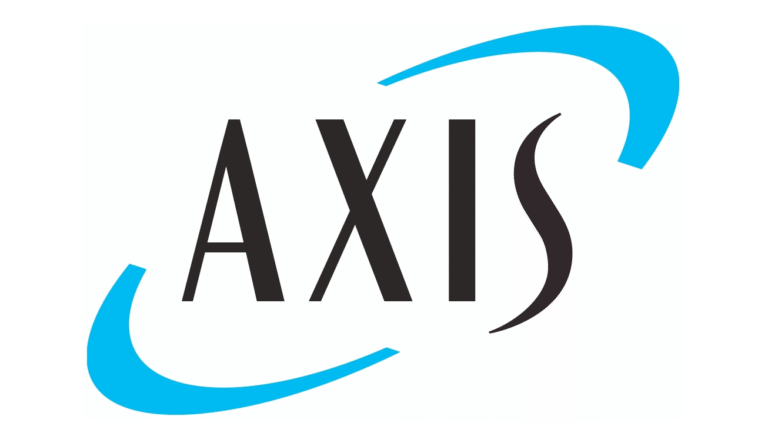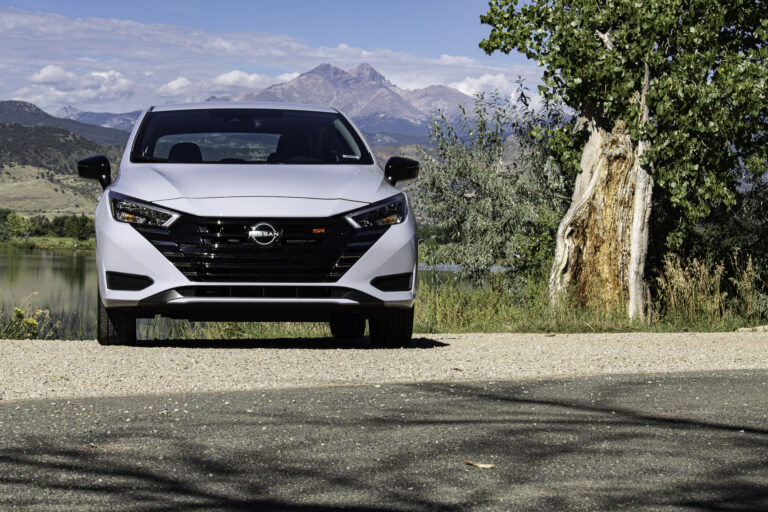
Qatar Insurance Company (QIC Group) has announced its financial results for the first nine months of 2025, reporting a net profit of QAR 588 million, a 12% increase compared to the same period the year prior.

Pillar Two is a global tax framework developed by the Organisation for Economic Co-operation and Development (OECD) to ensure that large multinational enterprises (MNEs) pay a minimum 15% effective tax on profits in every operating jurisdiction where they operate. It aims to counter tax avoidance and limit international tax competition.
Gross written premiums (GWP) for 9M 2025 reached QAR 7.9 billion, an increase of 9% year-on-year. Earnings per share (EPS) rose to QAR 0.135 from QAR 1.118, a 14% increase.
The Group also reported a slight 3% rise in investment and other income, to QAR 746 million. The annualized Return on Investment (ROI) remained robust at 5%.
Insurance Service Results stood at QAR 353 million, underscoring the success of the Group’s short-tail premium strategies.
Commenting on the financial results, Mr. Sheikh Hamad bin Faisal Al Thani, Chairman of QIC Group, said: “The Company’s financial results for the first nine months of 2025, culminating in a 23% year-on-year increase in Net Profit before the Pillar II impact, reflect the ongoing strategic success of all of QIC’s business units. QIC is a thriving, astute industry leader, known for its product innovation, technological capabilities, client-centricity and robust governance.”
He continued: “The Company’s underwriting portfolio continues to benefit from long-term strategic rebalancing towards its core markets in Qatar and the MENA region, where economic growth is on a resilient, upward path at this time of persistent global uncertainty and slowing global growth.
“QIC’s international business remains an important earnings contributor and diversifier, with our Lloyds London operations presenting exciting avenues for healthy bottom line focussed growth. QIC’s high-quality, expertly managed investment portfolio has also continued to deliver solid returns, with 5% Return on Investment for the first nine months of 2025.”
Domestic and regional GWP now constitute 60% of total GWP, up from 54% in the previous year, highlighting successful portfolio rebalancing efforts.
Global GDP growth forecasts for 2025 slightly rose to 3.2% from 2.9%, due to pre-tariff production, AI investments, and Chinese fiscal support, but still represents a slowdown from 3.3% in 2024.
Further slowing is expected in 2026 due to tariffs, policy uncertainty, and the end of front-loading, with significant downside risks.
Conversely, MENA economic growth is projected to moderately increase to 2.6% in 2025, showing regional resilience, the Group noted.
The GCC region anticipates a two-fold year-on-year increase to 4.1% in 2025 and 4.6% in 2026, driven by a strong energy sector, non-oil diversification, and low vulnerability to tariff hikes.
Mr. Salem Al Mannai, Chief Executive Officer of QIC Group, said: “Through 2025, QIC continued to expand its products and services to customers across Qatar and the MENA region. Through our Antares Lloyds Syndicate, we also sought targeted growth in international markets, including in emerging Asia and developing Africa,”
He added: “We are extremely proud to be a frontrunner in the digital transformation of the insurance industry, supporting clients with innovative financial protection products and world-class service standards that we constantly advance to meet fast-changing needs and expectations.
“Evidence of our growth-driving initiatives from this reporting period include the launches of Qatar’s first-ever personal lines school fee protection and cyber insurance products, our Insurtech startup investments, and further enhancements made to our car insurance services and award-winning QIC App for Qatar motorists.”
QIC is also planning to establish a branch in Saudi Arabia, where market GWPs are projected to grow at a five-year compound annual growth rate (CAGR) of 8.9%, reaching SAR 105.3 billion by 2029.
Subject to regulatory approval, QIC’s branch model will leverage the Company’s extensive technical infrastructure and regional expertise, while capitalising on supportive regulatory reforms, mandatory insurance frameworks and momentum from Saudi Vision 2030.





